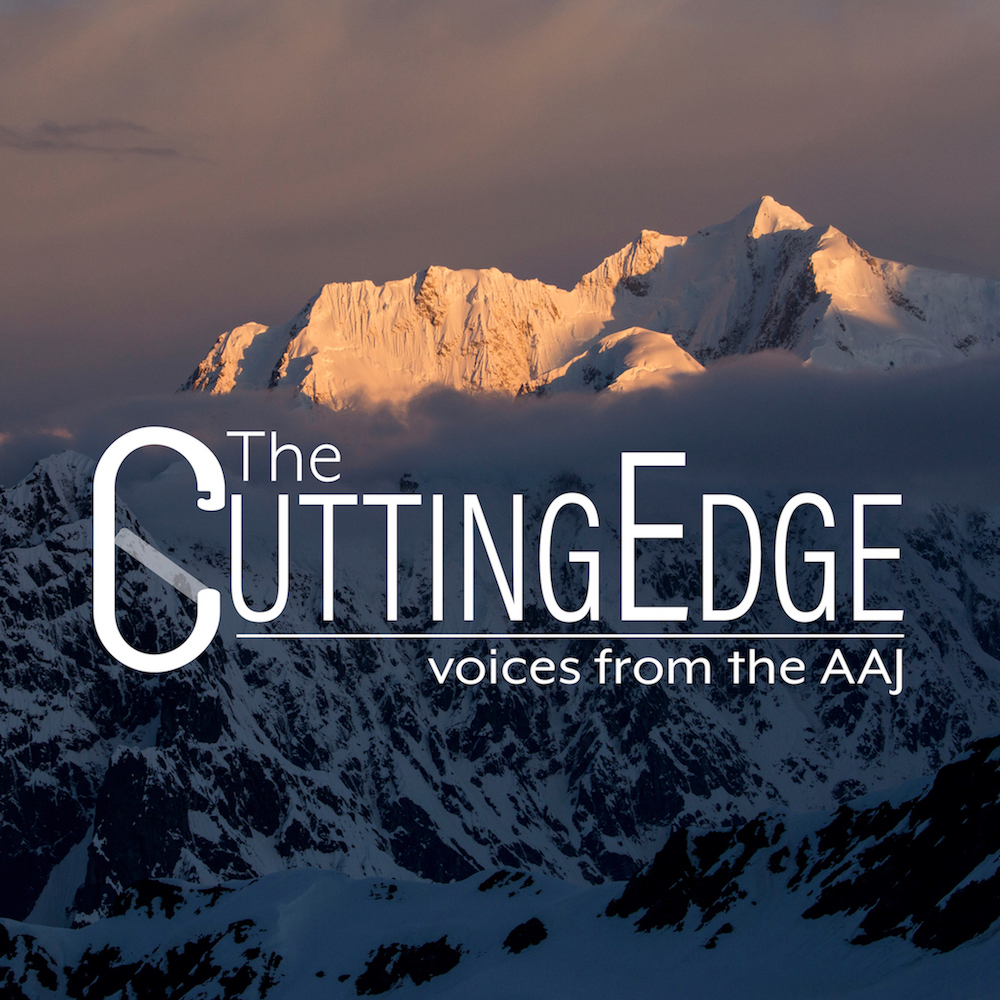The West Ridge: An Appreciation

This essay accompanied the AAJ's In Memoriam tribute to Tom Hornbein, who died on May 6, 2023.
Here’s what one most often hears about Tom Hornbein’s book Everest: The West Ridge: (1) I read it when I was young, (2) it got me into climbing, (3) I’ve reread it multiple times, (4) I’ve tried to emulate its philosophy, and (5) it is one of the best mountaineering books ever written.
Like Salinger and Lee—names not chosen lightly in this context—Tom Hornbein left us with one great book. He did not aspire to literary achievement, was possibly a reluctant, conscripted author. But it was Hornbein’s mazel to have been lead collaborator in not one but two World Heritage–level achievements: the daring 1963 West Ridge climb and the book.
Jon Krakauer (who read West Ridge at age 11) cites its prominence in his foreword to the 2013 edition. Hornbein’s friend Jake Norton (who read it at 12) tells of his love for West Ridge in “The Passing of a Hero.” My climbing partner Jeff told me on our last trip that West Ridge was his favorite climbing book—and it has always been mine. Since youth I’ve clung to Hornbein’s book, with its photos, aphorisms, and that elegant font, as a storytelling icon,
its language crystallizing experiences magnificent, beautiful, and deeply human. Asked what a writer’s goal should be, a famous literary agent put it this way: “The quality of the work. The kind of ineffable beauty of something extremely well expressed.”
Genetically, or in some St. Louis classroom, Hornbein got that memo. Hear the music in his passages: “May 1. Fresh eggs, chicken, even a can of beer that had somehow escaped prior consumption, then a bucket of warm water for a piecemeal bath in the morning sunshine...” (“Our Turn”); “As we traveled eastward across the grain of the country, blisters healed, muscles hardened, and even the sunburnt red of my balding brow took on a pain- free tan...” (“Wilderness”). Delighting in vocabulary, Hornbein introduced me to bouldering, blusterous, brinkmanship, balaclava, bowline, and brunt. I believe the respect he showed readers in his willingness to use expressive words and complex sentences is part of what captivated the youthful ones.
Three other things always stayed with me: his extensive use of dialogue, making each scene so actual; his reference to each climbing porter by name, never as “a Sherpa,” so humanizing them; and a comparable fleshing out of the expedition’s climbing scientists, lending gravitas, drama, and sometimes humor.
Count me finally among the fanboys who tracked Hornbein down to bask in his warm attention. I first tried, unsuccessfully, in 1971. (I’d fallen for his book the year before, at age 12.) When in 1998 I initiated an email correspondence, he blessed me: “You have the perseverance of a high-altitude mountaineer.” In later emails, calls on May 22 and November 6 (his birthday), and in a personal visit to Estes Park in 2018, he appreciated hearing of his book’s influence, chuckling that everything he’d written since seemed to be an obituary. He loved hearing that Jeff, my climbing partner, and I had finally realized in the eastern Sierra that we shared a youthful love for The West Ridge. Jeff, before he died, also in 2023, got to read Tom’s words on the matter: “What a sweet update of wanderings of two preciously bonded wanderers, growing older. It resonates.”
Tom, apostle of companionship, taught me to write. I will always say so.
— Sam Lowry



